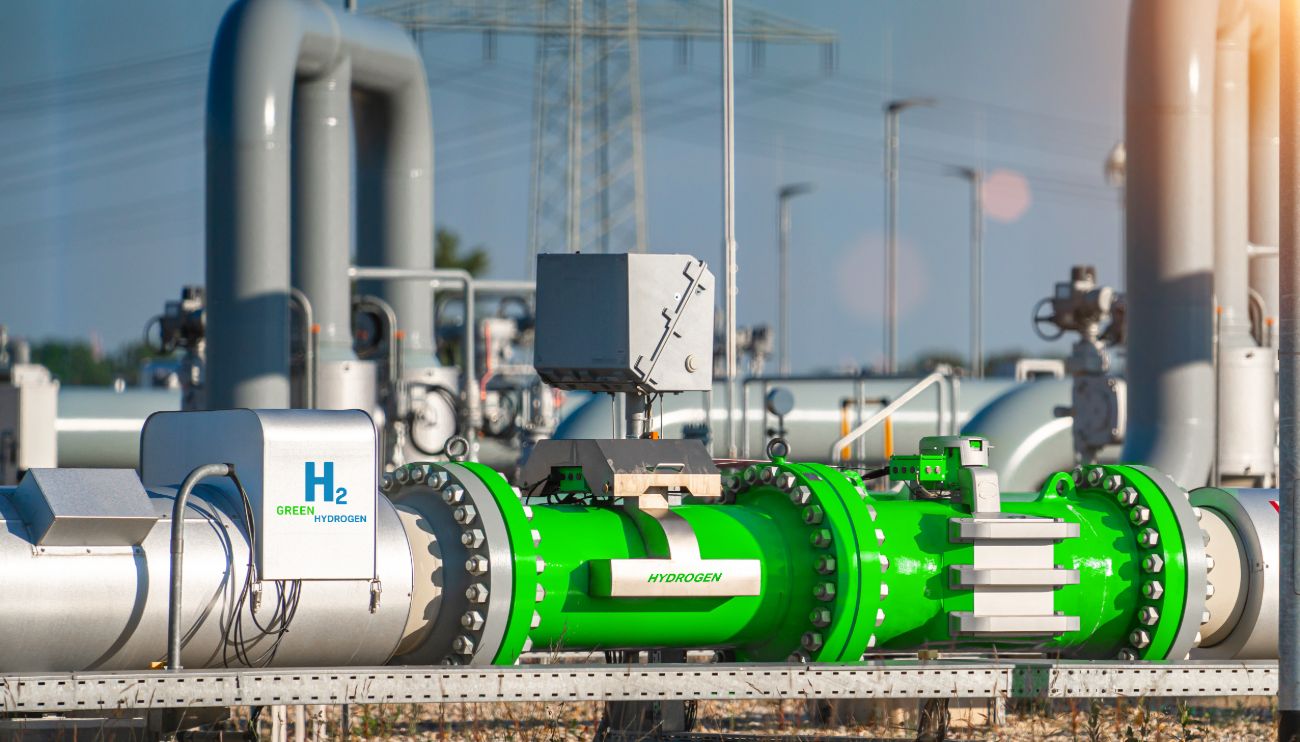Due to its ability to decarbonise hard-to-abate sectors such as heavy industry, chemicals, shipping and aviation, renewables-based or green hydrogen could play a pivotal role in limiting global temperature rise to 1.5°C. In the industrial sectors, in particular, green hydrogen will be an essential feedstock for the production of green ammonia, methanol and steel. These are important commodities today, and reducing the emissions associated with their production is a top priority.
Given the importance of green hydrogen and its derivative commodities in the global energy transition, expectations are high for the establishment of a global hydrogen market. Many governments are therefore developing strategies, roadmaps and policy frameworks to support their uptake. Standardisation and certification are tools which are frequently discussed as essential building blocks for the roll out of these markets.
International standards help to align expectations between producers and consumers in different countries, and the use of and adherence to standards can also de-risk investments by enhancing the credibility of project plans.
Certification schemes offer confidence to consumers that the product or commodity they are procuring meets certain criteria. These schemes serve as a guarantee that green commodities are indeed green, and this is very important in corroborating their contribution to delivering the reduction of emissions. ‘Green’ commodities will only be useful in facilitating emissions reductions in industrial sectors and other hard-to-abate applications if their value chains are truly sustainable, and certification schemes help to provide proof that this is being delivered.
Governments and regulators in different countries and regions legitimately have different priorities for their market development. These priorities are reflected in the different requirements we see in the certification schemes under development.
However, this can be challenging at the international level. When schemes emerge in different countries and regions with varying emission calculation methodologies and system boundaries (i.e the scope within which process-related emissions must be accounted), standardisation differs and becomes inconsistent, which likely would increase the administrative costs for producers aiming to address regulatory requirements.
Efforts to co-ordinate the development of these schemes across borders have been made. Much of the focus of current international collaboration in this area is on progressing towards ‘interoperability’ of certificates, whereby certificates issued in one jurisdiction could be recognised in another, if the scheme characteristics are sufficiently aligned. International organisations and individual governments are making progress in working together to achieve interoperability of schemes, but so far this progress has been narrowly focused on hydrogen itself.
In its latest report, the International Renewable Energy Agency (IRENA) makes the case for extending these efforts towards interoperability to the derivative sectors. It argues that standards for hydrogen can complement those for related commodities such as methanol, ammonia, iron and steel, since international markets for those commodities will be vital to the decarbonisation of their value chains.
Several actions are recommended to regulators and certification scheme owners. These recommendation are divided into three pillars:
- regulatory framework design,
- logistics of certification scheme development and management,
- value of and priorities for international collaboration.
Efforts to reduce complexity are seen as crucial to delivering growth in the deployment of projects for the production of these essential green commodities. Furthermore, mutual recognition or interoperability of frameworks and schemes must be priority for countries in further international collaboration on green hydrogen.
Source link
www.irena.org

